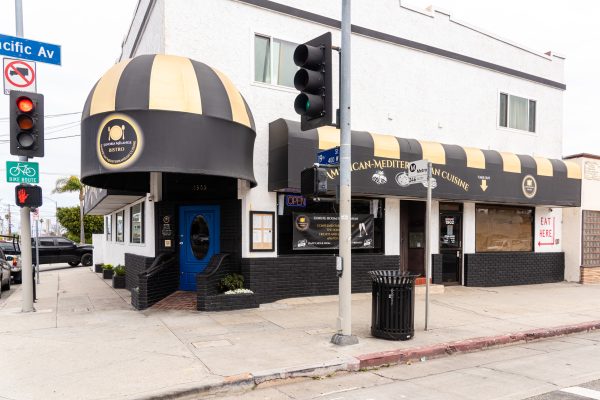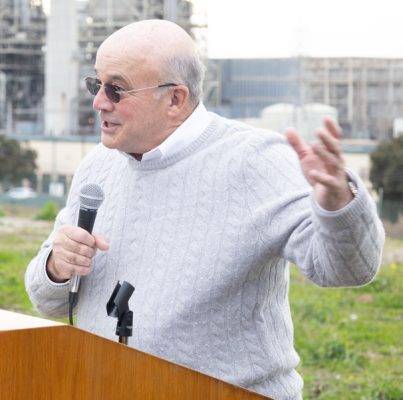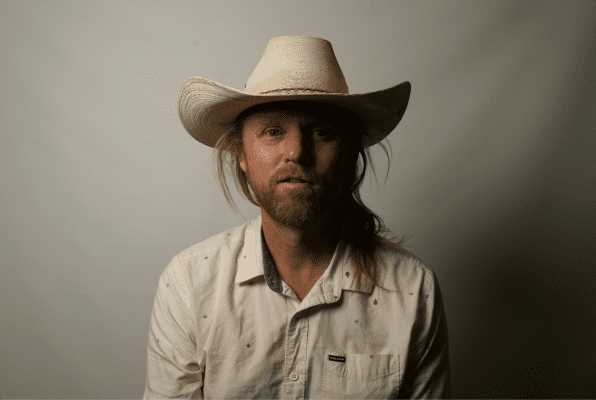
Greece’s Enchanting Landscape: Watercolors by Edward Dodwell and Simone Pomardi
Two hundred years ago, the English antiquarian Edward Dodwell and the Italian artist Simone Pomardi spent 14 months canvassing the Greek countryside, drawing and documenting the landscape with its people and its classical ruins. Together, they produced roughly 1,000 drawings and watercolors, 44 of which are on view at the Getty Villa in Malibu. These works have been loaned by the Packard Humanities Institute, supplemented by six prints and four photographs from the Getty’s own collection.
The watercolors are faithful representations of what the two artists and explorers encountered in Ottoman-ruled Greece, visual documents that are now, in themselves, documents of a vanished past. Their realism–no one was trying to be creative or to take liberties–makes them resemble enlarged, hand-tinted photographs. Essentially, they complement the antiquities that fill the many galleries of the Villa.
The exhibition, modest despite a goodly number of works, culminates in a pair of 13-foot-long panoramas of Athens. There is something of a beautiful bleakness to this show, and I’m not so sure

about the “enchanting” in the title. Perhaps a word like “wistful” might be closer to what it evokes from the viewer. After all, time knocks down everything it comes into contact with and that’s not so enchanting, is it?
Through Feb. 15 at the Getty Villa in Malibu. Talk scheduled for Jan. 21, at 7:30 p.m.: “The Acropolis of Athens: The Untold Story,” by Thomas Gallant. Curator David Saunders’ gallery tours: Jan. 28, Feb. 4 and 11 at 3 p.m. Watercolor workshop given by Elmira Adamian from 10 a.m. to 4:30 p.m. on Jan. 24. Call (310) 440-7300 or go to getty.edu.
 Closing Monday: New Objectivity at LACMA
Closing Monday: New Objectivity at LACMA
“New Objectivity: Modern German Art in the Weimar Republic, 1919-1933” is an impressive show, an in-depth salute to an era that was unstable at its core, but like its title it may keep the viewer slightly at arm’s length. Not completely sure if that’s due to the art, the installation, or both, even though curator Stephanie Barron has been overseeing large exhibitions of 20th century German art since the 1980s.
If someone mentions the Weimar Republic we may think of Berlin and the musical “Cabaret.” It’s a good metaphor in some ways because for a little over a decade the country was dancing on thin ice.
Germany was defeated in 1918 and the Treaty of Versailles, with its punishing war reparations, didn’t encourage the sort of economic recovery that occurred after Japan and Germany’s defeat in the Second World War. And, of course, the stock market crash in 1929 sure didn’t help, and may have been the nail in the coffin that led to the rise of the National Socialist Party.
And so, during those 13 or 14 years of the Weimar Republic, the art went one way and the economic breadbasket went another. There was, certainly, some very good art, by superb artists, and–not really the focus here–many talented filmmakers and composers. These last two concerns are mighty subjects in themselves.

Organized along with the Museo Correr in Venice, Italy, “New Objectivity” (Neue Sachlichkeit) contains nearly 200 artworks and 50 artists, the better known, such as Max Beckmann and Otto Dix, August Sander and George Grosz, plus ones we may not have heard of, Aenne Biermann, Georg Schrimph, and Heinrich Maria Davringhausen, for example. Usually it’s the inclusion of the latter that give the glow of discovery to large museum shows like this one.
“New Objectivity” is thematically divided into five sections, the first gallery being “Life in the Democracy and the Aftermath of War,” and it depicts a society trying to lift itself above the detritus of defeat, with multitudes of scattered victims in its wake and at the same time a few profiteers as well.
As is the case most often, German artists didn’t just indulge in one style, but the Expressionism of the pre-war years was fairly vibrant and, by contrast, the postwar art more realistic and representational. In short, a visual sobriety seems to dominate, and a sense of practicality over a sense of fun and recreation (even the sex seems lukewarm at best). If we’re looking for a taste of the Romantic from the early 19th century or of the enchanting from the latter 19th, well, it’s just not here. The idealism that once infused German art and philosophy doesn’t really put in an appearance.
For me, this is best represented by “The Harbor II” (Der Hafen II), 1930, by Franz Radziwill. Three sailboats that one might associate with early 19th century seascape painting (those of Caspar David Friedrich come to mind) are seen virtually squeezed between two large ocean liners. Progress came, all right, but at what cost?
 “Man and Machine” is another of the five themes, and a great deal of the art depicts or references advances in technology and science. Mother Nature has largely fallen by the wayside, and there’s also not much that one could call alluringly mystical.
“Man and Machine” is another of the five themes, and a great deal of the art depicts or references advances in technology and science. Mother Nature has largely fallen by the wayside, and there’s also not much that one could call alluringly mystical.
Looking at this rather comprehensive exhibition, one might ask, Could Germany’s imminent future have been predicted? Had Germany, by and large, misplaced its soul? Its heart? Its common sense? Had it, in fact, lost touch with the truly good and noble things in life?
New Objectivity: Modern German Art in the Weimar Republic, 1919-1933, through Jan. 18 at the Los Angeles County Museum of Art. (323) 857-6000 or lacma.org. ER








